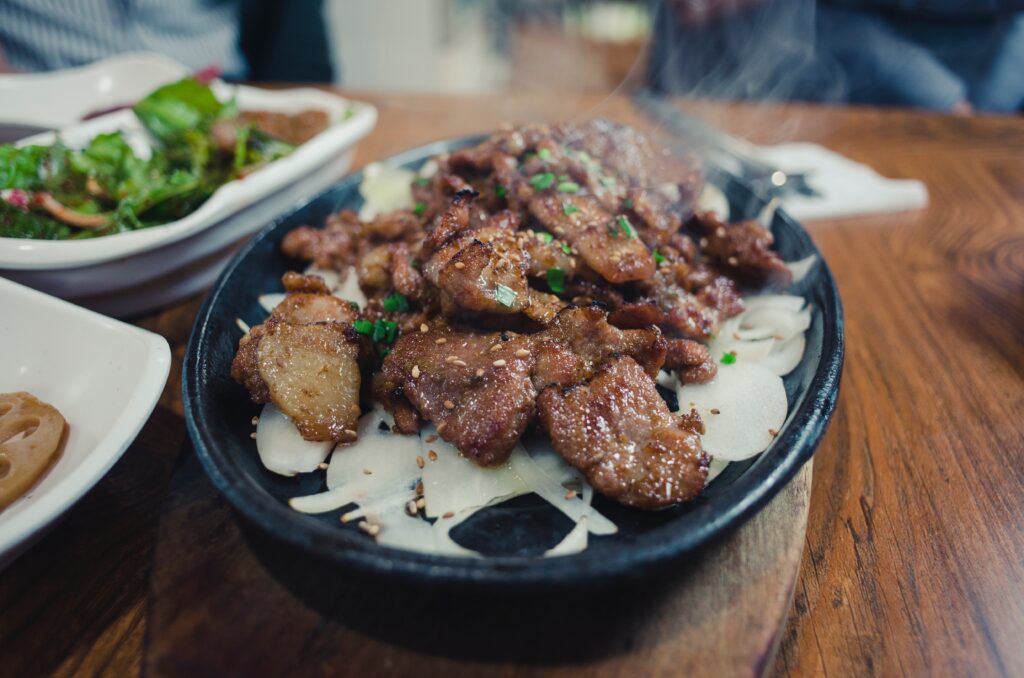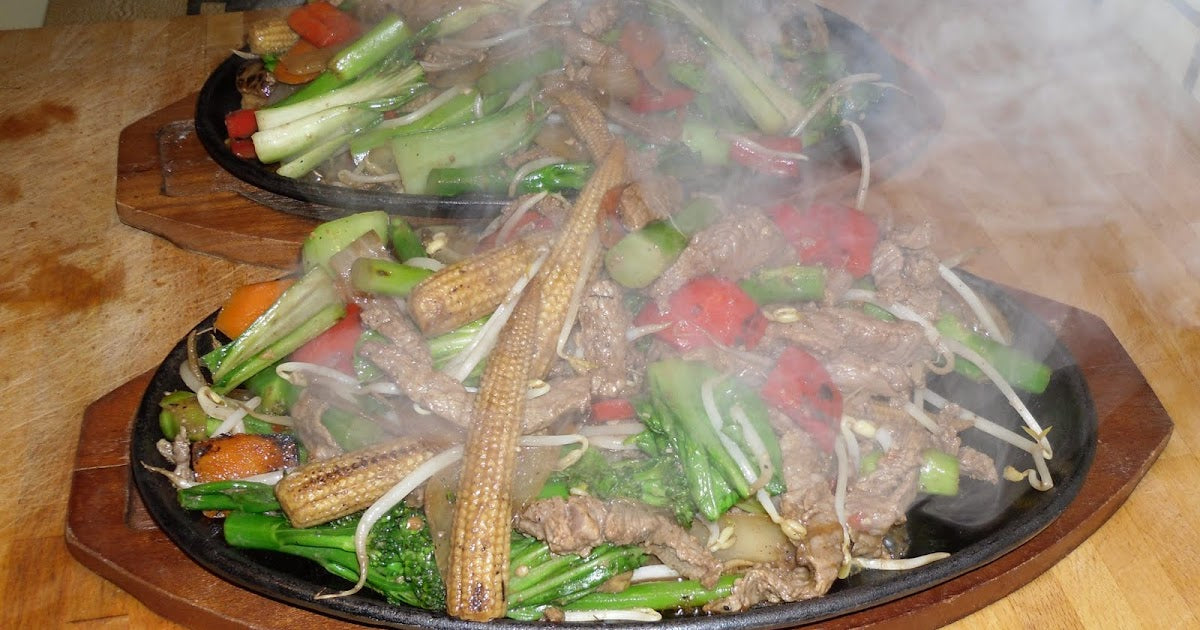The sizzling platter has a rich and captivating history that outlines its development as a cooking technique embraced by chefs and food lovers worldwide. This article explores the tantalizing past and cultural importance of the sizzling platter, offering insights that are particularly beneficial for culinary professionals.

Tracing the Roots of the Sizzling Platter
The practice of preparing food on a heated surface can be traced back through the ages, influenced by various cultures globally. The sizzling platter, in its contemporary form, has its origins in Asia, most notably in Indian and Chinese culinary traditions. In India, the art of serving food on a hot plate infused with aromatic spices has roots in ancient methods involving tandoors and griddles. In regions of China, particularly Sichuan and Hunan, the custom of using cast iron plates for cooking and serving was widely adopted.
By the mid-20th century, the sizzling platter quickly gained traction as an innovative method of food presentation. The visual spectacle of dishes arriving at the table with a captivating sizzle and enticing aroma mesmerized both chefs and diners. This technique not only elevated the dining experience but also provided chefs with a platform to exhibit their culinary prowess.
The Emergence of the Sizzling Platter in Western Cuisine
As culinary styles blended, the sizzling platter became integrated into Western cuisine, taking center stage in steakhouses and upscale dining establishments. Its appeal lies in its capacity to retain heat and maintain food warmth, making it perfect for dishes such as fajitas, steaks, and seafood. This approach introduced a new dimension to Western cooking, encouraging chefs to experiment with flavors and textures.
Moreover, the sizzling platter emerged as a hallmark of culinary innovation. It enabled chefs to provide diners with a multi-sensory experience, mingling visual allure with the delightful sounds and fragrances of sizzling food. This approach resonated with culinary professionals eager to venture beyond conventional cooking methodologies.
Cultural Importance of the Sizzling Platter
Across various cultures, the sizzling platter holds significant value. In India, it is often reserved for festive events and celebratory meals. Its use is not solely for presentation; it enhances the dish's flavors, as the sizzle of spices on a heated plate creates a delightful symphony of aromas.
In Western nations, the sizzling platter symbolizes an engaging and theatrical dining experience. Restaurants utilize it to craft memorable occasions, where the sizzle and scent serve as a delightful precursor to the following taste sensations. This appealing aspect of the sizzling platter has made it a preferred choice for chefs aiming to leave a lasting impact on their guests.
The Sizzling Platter Today
In the present day, the sizzling platter remains an essential tool for culinary professionals. Its heat-retaining capabilities and flavor-enhancing properties render it indispensable in any kitchen. Thanks to innovations in materials like stainless steel and non-stick coatings, sizzling platters are more user-friendly and efficient than ever before.
Chefs harness the sizzling platter to try out new recipes and culinary techniques. The ability to cook and present dishes on the same surface allows for seamless service from kitchen to table, which not only saves time but also injects excitement into the dining experience. For those keen to add sizzling platters to their cooking toolbox, a plethora of options is available, from classic cast iron to modern stainless steel varieties. For further insights into incorporating sizzling platters into your culinary practices, check out this sizzling platter guide.
Looking Ahead: The Future of Sizzling Platters
The future of the sizzling platter is bright as chefs continue to explore its full potential. With technological advancements and an increasing focus on experiential dining, the sizzling platter will likely remain a favored choice in kitchens across the globe. Its ability to transform everyday dishes into extraordinary culinary experiences is what makes it a timeless tool in the chefs arsenal.
For culinary professionals, understanding the history of the sizzling platter and its evolution can yield insightful perspectives on current culinary trends and techniques. Whether you are a seasoned chef or a culinary novice, the sizzling platter presents boundless opportunities for creativity and innovation.

FAQ
What are the origins of the sizzling platter?
The sizzling platter originates from Asian cuisines, especially Indian and Chinese, where hot plates are used to prepare and serve food.
How is the sizzling platter applied in modern cuisine?
In contemporary cuisine, sizzling platters enhance the dining experience by keeping food warm while providing a sensory appeal through sounds and aromas.
What materials constitute modern sizzling platters?
Today's sizzling platters come in a variety of materials, such as cast iron, stainless steel, and non-stick coatings, offering a range of options for kitchen use.
This article contains affiliate links. We may earn a commission at no extra cost to you.






Leave a comment
This site is protected by hCaptcha and the hCaptcha Privacy Policy and Terms of Service apply.